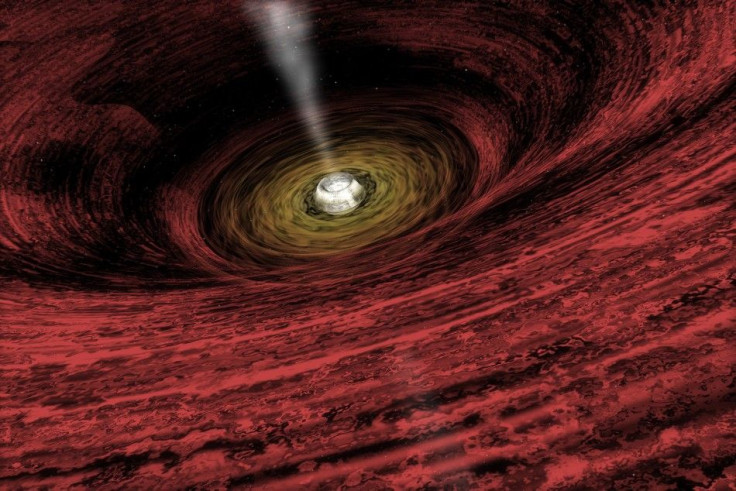What Activates Supermassive Black Holes?

A new study reveals that most of the huge black holes in the centers of galaxies over the past 11 billion years were not activated by galactic collisions, as had been previously thought.
The study is based on the common program by NASA, European Southren Observatory (ESO) and European Space Agency (ESA) using Hubble, XMM-Newton and NASA’s Chandra X-ray space telescopes.
“These new results indicate that black holes are usually fed by processes within the galaxy itself, such as disc instabilities and starbursts, as opposed to galaxy collisions, Viola Allevato, who is lead author of the study, said in a statement.
One unsolved mystery is where the material comes from to activate a sleeping black hole and trigger violent outbursts at a galaxy’s center, so that it then becomes an active galactic nucleus, said researchers. Up to now, many astronomers thought that most of these active nuclei were turned on when two galaxies merge or when they pass close to each other and the disrupted material becomes fuel for the central black hole.
However, now the astronomers have found that extremely brilliant active nuclei were rare, while the bulk of the active galaxies in the past 11 billion years were only moderately bright.
The new data also showed that the majority of these more common, less bright active galaxies, even looking back far into the past, were not triggered by mergers between galaxies.
© Copyright IBTimes 2024. All rights reserved.





















